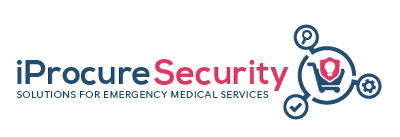483Terms
Help to improve our database
We are continuously collecting common terms used by the Emergency Medical Services practitioners across Europe. Help us improve our content and fill out the online form. If you are not able to find what you are looking for, please let us know by sending us a message through our contact page.
Your feedback is important for us and it will be fed into our Database for the EMS glossary.
Add new EMS termTo unify the communication and knowledge exchange between the emergency medical teams across Europe iProcureSecurity seeks to translate the identified EMS terms in all consortium languages.
That is why the project encourages everyone willing to contribute, to suggest and add missing terminology translation.
Add new translationiProcureSecurity Glossary
Term used to describe any technology that enables computers to interact with telephones. This technology is primarily used in EMCCs and is often used to describe desktop interactions that improve human agents' productivity.
Computer-aided drone dispatch is a way of sending off drones to specific destination assisted by a computer.
Well-defined procedure that allows a computer to solve a problem.
Are set rights and obligations that the contracting parties need to follow when a contract is awarded
Electronic solution that enables the consumer to collect, retrieve, manage, use and share personal information and other health-related data.
A binding agreement between two parties to perform/deliver specified goods and/or services
Follows when the procurement process is finalized, contracts are awarded to the winner of the tender competition
Innovation procurement involves 3 stages and several steps per stage: 3. Contract implementation stage (after procurement), covering the following steps: - continuous monitoring and assessing the final results of the R&D (PCP) or deployment (PPI), payment of supplier(s); - in case of PCP, this is repeated for every PCP phase and is followed by a selection of the R&D providers that continue to the next R&D Phase.
Small set of metrics that all organisations should measure in a consistent manner and report on internally and publicly
A disease in which there is a narrowing or blockage of the coronary arteries (blood vessels that carry blood and oxygen to the heart). Coronary heart disease is usually caused by atherosclerosis (a build-up of fatty material and plaque inside the coronary arteries)

